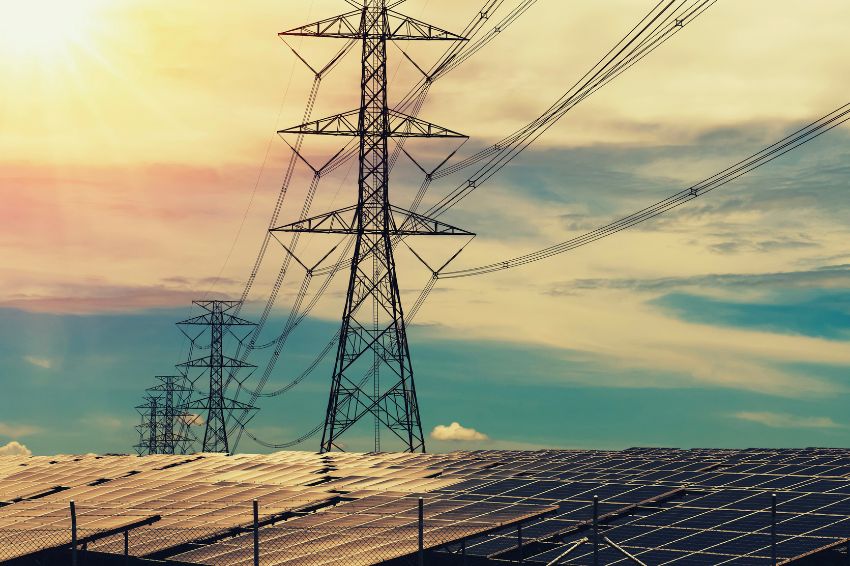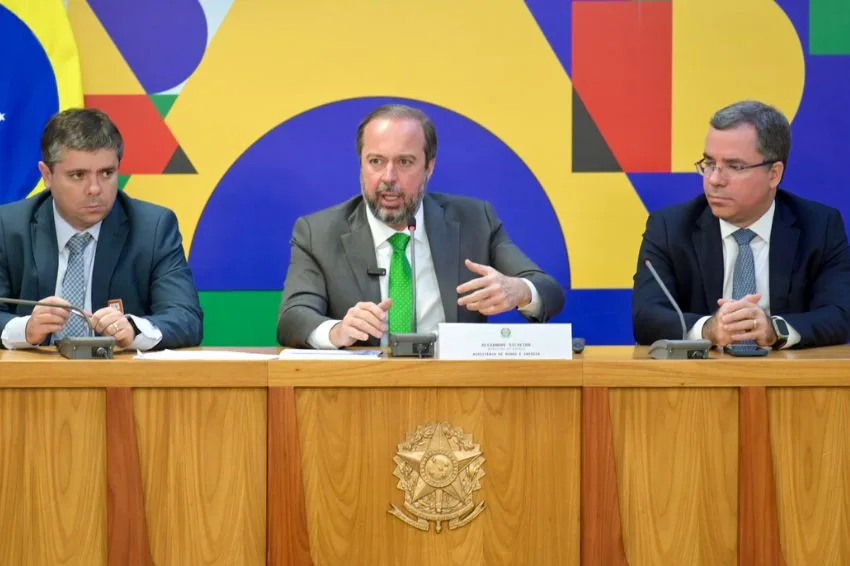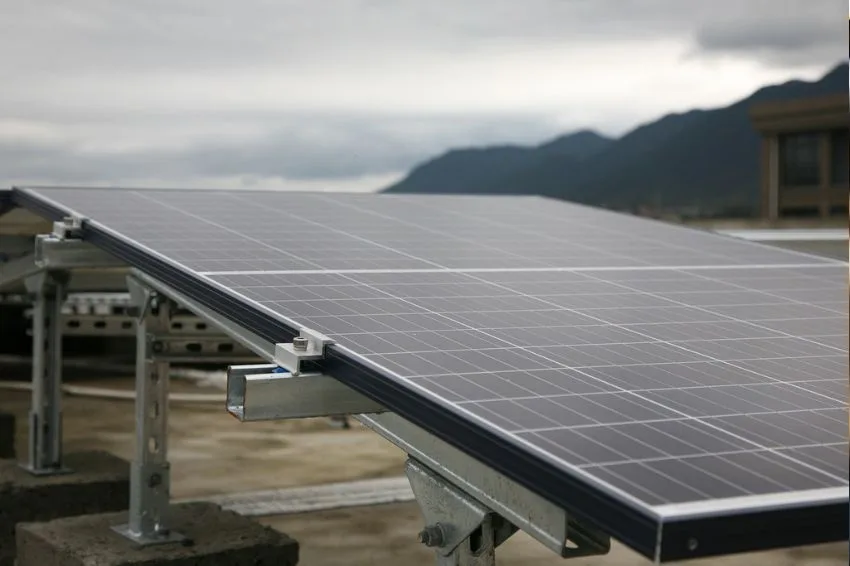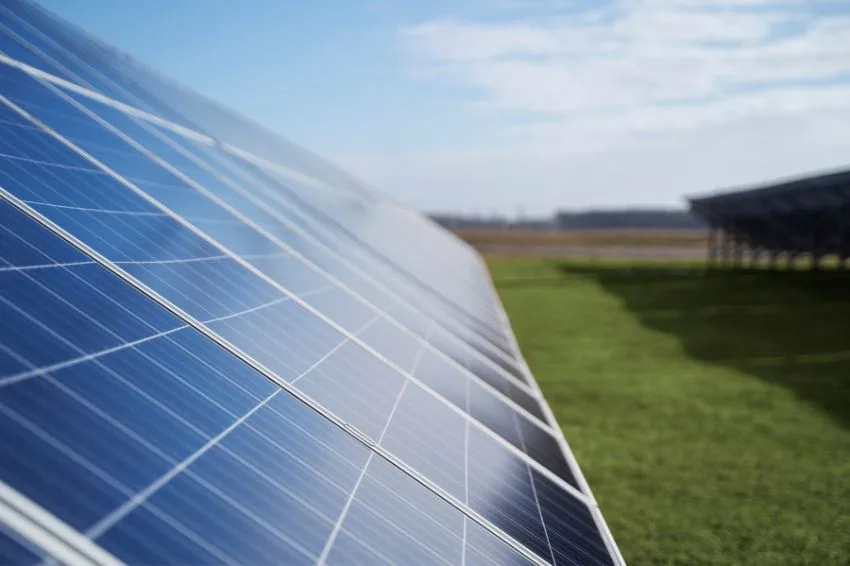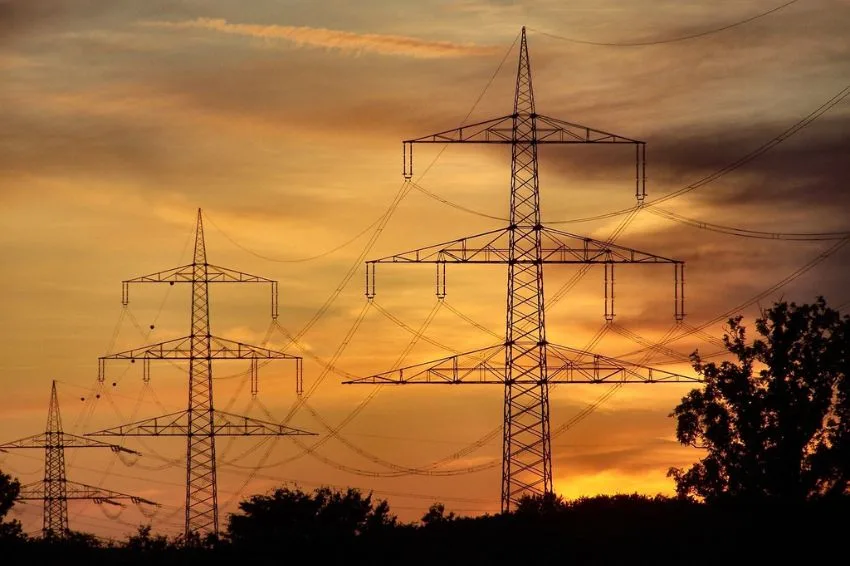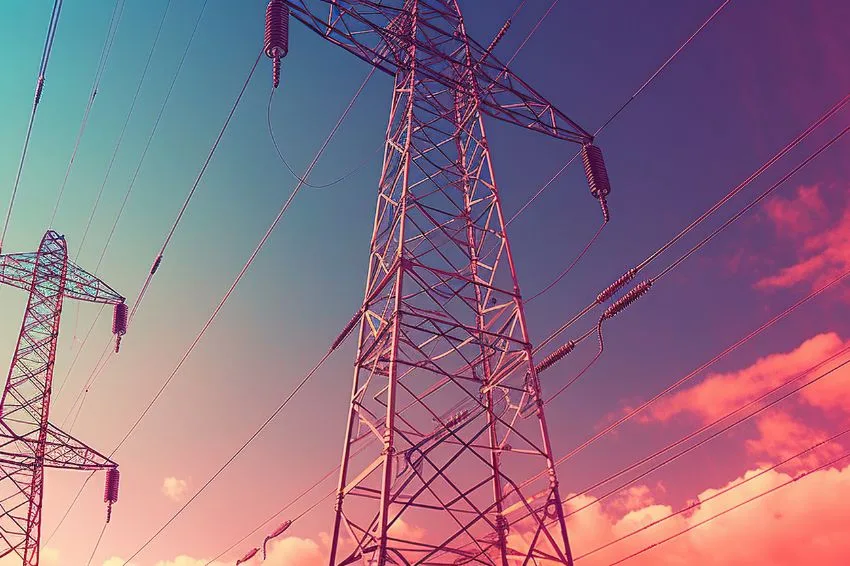O consumption of electricity registered growth in the first half of February, after the month of January showed stability. Preliminary data are from CCEE (Electricity Trading Chamber).
“There was an increase of 2% compared to the same period in 2022, driven by the distributor market, known as a regulated environment. Higher temperatures compared to last year led to greater use of air conditioning units and help explain the result”, said the entity.
In the free market, growth was 0.1%. Highlights include the areas of activity involving the extraction of metallic minerals and metallurgy, in addition to the food and beverage sectors.

Electricity generation
According to CCEE, hydroelectric plants continue to increase their generation thanks to the good rain cycle. This scenario has contributed to a significant reduction in dispatch from thermoelectric plants.
The wind source and the photovoltaic solar also continue to advance, driven by the growth in installed capacity.

Consumption by region
In the first two weeks of February, the Chamber observed an increase in consumption in almost all regions of the country, with the exception of Rio Grande do Sul, Mato Grosso do Sul, Amapá and the north coast of the Northeast.
In CCEE's view, temperatures above the average observed in the same period last year may have influenced the result, because they lead to an increase in the use of air conditioning.
Consumption by branch of economic activity
Among the 15 sectors of the economy that contract their supply on the free market, the data pointed to greater increases in the sectors of Extraction of Metallic Minerals (10.1%), Metallurgy and Metal Products (5.7%) and Food and Beverages, both with 5%.


